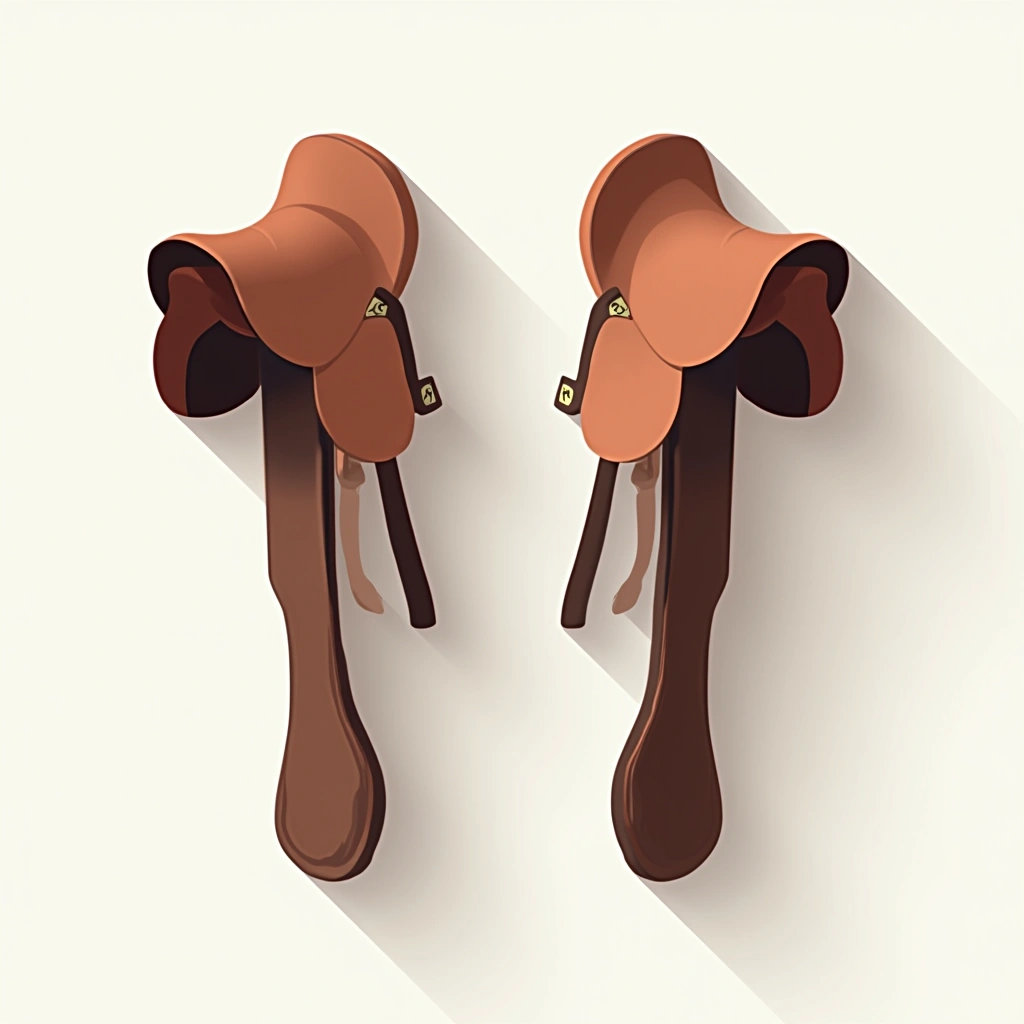
Enforce seasonal hunting bans
Prohibited hunting specific game from March to October to preserve breeding stocks and maintain ecological balance. Required binding and heart-removal techniques for slaughtered animals to comply with spiritual practices.



Share plunder equitably
Distributed spoils of war evenly among soldiers after official approval, ensuring loyalty. Artisans and clerics were exempted from looting to preserve specialized skills.



Organize decimal army units
Structured troops in groups of 10 (arban), 100 (zuun), 1,000 (mingghan), and 10,000 (tumen) for rapid mobilization. Maintained separate day/night imperial guards (keshig).



Conduct mass winter hunts
Organized large-scale communal hunts (nerge) annually to train troops in coordination and discipline. Participants encircled game over vast distances using flags and horns.



Promote religious tolerance
Exempted clergy from taxes and conscription regardless of faith. Consulted leaders from Buddhism, Islam, Christianity, and Taoism on governance matters.



Establish Yam courier network
Created a postal relay system with waystations every 20-30 miles. Riders carried paiza identification tablets to requisition fresh horses and supplies.



Execute river diversion tactics
Redirected waterways during sieges to flood defenses or create crossing points. Used frozen rivers as highways for winter campaigns.



Enforce spoken-word contracts
Considered verbal agreements legally binding unless proven false. Required in-person testimony from witnesses or confessions for convictions.



Standardize siege weapon designs
Captured engineers to build standardized catapults and trebuchets. Transported disassembled siege towers by camel caravan.



Mandate universal military service
Required all free males aged 15-70 to enlist during wartime. Exemptions only for priests, doctors, and grave washers.



Practice strategic betrothals
Married daughters to allied leaders' sons to cement political bonds. Required sons-in-law to fight in vanguard units as loyalty tests.



Implement crossbow signaling
Used whistling arrowheads to transmit commands during battles. Different tones indicated advance, retreat, or regroup orders.



Require officer literacy
Ordered adoption of Uyghur script for military records. Made tribal leaders' children learn writing as hostages in the keshig.



Pioneer germ warfare
Catapulted plague victims' corpses over city walls. Poisoned water sources with diseased animals during sieges.



Enforce uniform equipment
Standardized saddle designs, arrowhead weights, and armor materials. Required soldiers to maintain their own gear.



Burn conquered leaders' homes
Destroyed palaces and administrative centers after victories. Built new capitals on adjacent sites using slave labor.



Mandate mobile governance
Conducted imperial business from large yurt complexes. Moved capital locations seasonally with grazing patterns.



Reward enemy informants
Granted wealth and titles to defectors providing military intelligence. Executed returned escapees to discourage espionage.



Host multi-day strategic councils
Convened fortnightly meetings with generals in a ceremonial yurt. Required attendance under penalty of death for absence.



Ban private wealth accumulation
Prohibited officers from amassing personal herds exceeding 1,000 head. Redistributed excess livestock to recruits' families.

